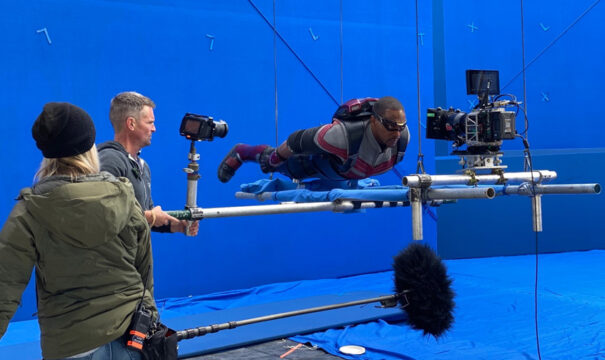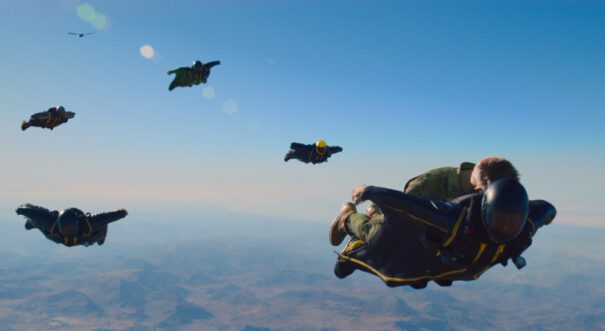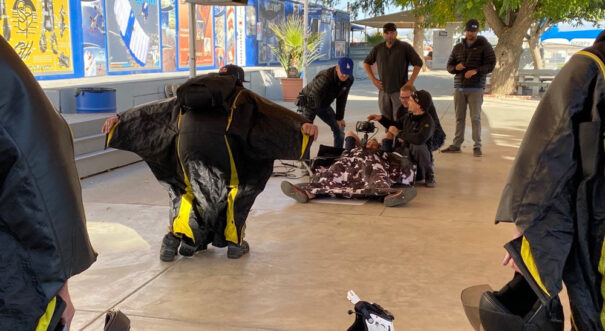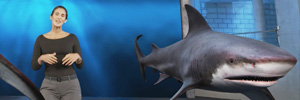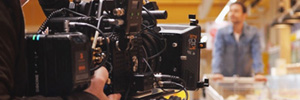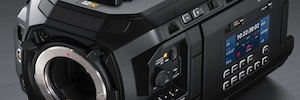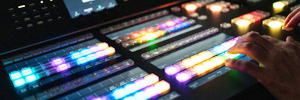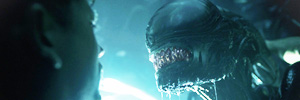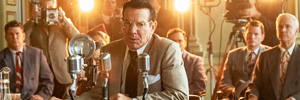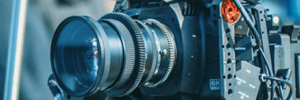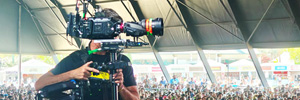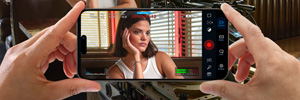Blackmagic Pocket Cinema Camera 6K key to “Falcon and the Winter Soldier” shooting
A memorable scene of the first episode of Falcon and the Winter Soldier, a Marvel Studios production for Disney+, was shot with the Blackmagic 设计 Pocket Cinema Camera 6K model.
Following the plot of Avengers: Endgame, Sam Wilson/Falcon (Anthony Mackie) and Bucky Barnes/Winter Soldier (Sebastian Stan) team up on an around-the-world adventure in Falcon and the Winter Soldier that tests their skills and patience as they battle the Flag Smashers, a group that claims life was better during the Blip.
In the first episode, Wilson faces a formidable opponent who has hijacked a plane over Tunisia and taken a person hostage. The complex sequence required Mackie’s character not only to fight aeroplanes and helicopters, but also to fight winged villains as they try to escape. While challenging, these images lay the groundwork for the rest of the series.
Visual effects supervisor Eric Leven worked with Kari Skogland (director) early in production to design the sequence to be eye-catching, but without worrying about methodology. After visualising the scene, Leven and Skogland spoke with stunt coordinator Hank Amos and cinematographer PJ Dillon. In the end, they settled on the Pocket Cinema Camera 6K from Blackmagic 设计.
Freefall with the Pocket Cinema Camera 6K
Once the Pocket Cinema Camera 6K was chosen, Amos and Dillon began working on the technical aspects of the shoot. It was the first time that something larger than a compact action camera would be used in a variety of configurations, not just attached to a helmet. After a week of testing with skydiver and aerial coordinator Travis Fienhage, Amos was confident that everything could work.
As Dillon himself says: “Kari was very keen that the sequence have an element of experiential quality to it so we wanted to get cameras onto the bodysuits and helmets, but at a much higher cinematic quality than had been done before. The Pocket 6K made sense for many reasons, including the ability to use high quality, low weight stills lenses, but primarily because we could shoot in Blackmagic RAW. That gave us far greater control for subsequent VFX work and grading. We could set an exposure and be reasonably confident that nothing would clip and that we would retain sufficient detail in the shadows.”
The images shot in Blackmagic RAW integrated seamlessly with those captured by the main cameras in logarithmic format. According to Dillon: “We were actually really blown away by the image quality of the Pocket 6K sensor. It had minimal noise and a lot of room to stretch the images in the grade. This was important to us as we wanted to strip the cameras back to the bare minimum in terms of weight so we didn’t want remote iris or focus systems. The concept was to be able to set an exposure that could contain the full range of exposure, from bright sky to shadow detail, and the sensor performed really well.”
According to Amos, people are “not aware” of the technical achievement of filming with the Pocket Cinema Camera 6K in freefall: “We were actually really blown away by the image quality of the Pocket 6K sensor. It had minimal noise and a lot of room to stretch the images in the grade. This was important to us as we wanted to strip the cameras back to the bare minimum in terms of weight so we didn’t want remote iris or focus systems. The concept was to be able to set an exposure that could contain the full range of exposure, from bright sky to shadow detail, and the sensor performed really well.”
Shooting on blue background with Blackmagic
For the blue background shots, Leven’s team managed to place the Pocket Cinema Camera 6K in places where it would have been impossible to place larger versions, for example, on the end of a crane used in dangerous shots to simulate a camera attached to Falcon’s wing, adding to the complexity of the scene. Leven recalls: “One of my favorite bits is when Falcon and a wing suit pilot are punching each other while falling through the air. In several quick cuts we see real skydivers fighting in a wide shot, real skydivers fighting in close over the shoulder, actors fighting on a blue screen and full CG digi doubles; all cut together, and it’s all seamless. You don’t know which shot was done with which method.”
Amos also served as stunt coordinator on blockbusters including Captain Marvel 和 Black Panther. Despite being used to complex jobs, he was impressed with what they were able to achieve on Falcon and the Winter Soldier, particularly the skydiving scene, with the Pocket Cinema Camera 6K model: “To put it quite simply, I was blown away at the performance and reliability of these cameras. We put them through the ringer and still, jump after jump we could rely on a quality and resolution that was worthy of a Marvel Studios project.”
您喜欢这篇文章吗?
订阅我们的 饲料 而且你不会错过任何东西。



